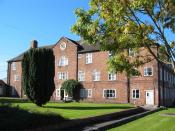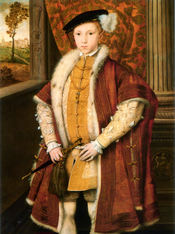In Tudor England about a third of the population lived in poverty. Their suffering always increased after bad harvests. A shortage of food resulted in higher prices. This meant that poorer families could not afford to buy enough food for their needs.
Wealthy people were expected to give help (alms) to local people suffering from poverty because they were old, blind, crippled or sick. Some wealthy people were generous while others were mean. This meant that poor people in some villages were fairly well cared for while others died of starvation.
Unemployment was a major cause of poverty. When large landowners changed from arable to sheep farming, unemployment increased rapidly. The closing down of the monasteries in the 1530s created even more unemployment.
As monasteries had also helped provide food for the poor, this created further problems.
Unemployed people were sometimes tempted to leave their villages to look for work.
This was illegal and people who did this were classified as vagabonds.
A law passed in 1536 stated that people caught outside their parish without work were to be punished by being whipped through the streets. For a second offence the vagabond was to lose part of an ear. If a vagabond was caught a third time he or she was executed.
In 1550 Parliament passed a law stating that every parish had to build a workhouse for the poor. Edward VI set an example by giving permission for Bridewell Palace in London to be used as a workhouse. In exchange for food and shelter, the people who lived in the workhouse worked without wages. If people without work refused to go to the workhouse they were to be treated as vagabonds.
To pay for these workhouses, vicars were given permission to ask everyone in the parish to give money.



Good.
This is a good essay, however, an introduction and a conclusion would help. Also try not to use the word "stuff".
0 out of 0 people found this comment useful.